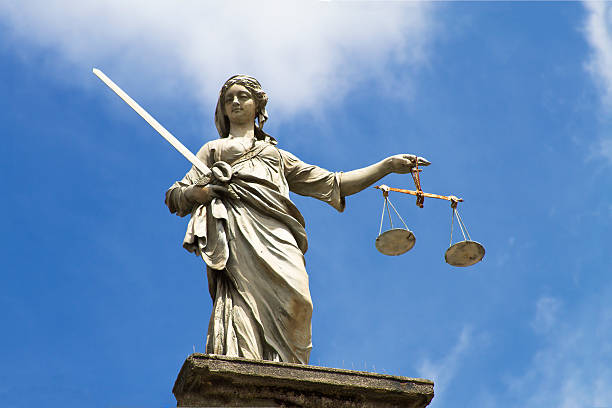
Unlocking the Legal Lexicon: How Pre-Law Jargon Prepares Students for Success
March 24, 2024
The Future Lawyer Weekly Briefing – W/C 25th March 2024
March 25, 2024By Sofia Gagliardi.
Reading time: two minutes
In this article, Sofia Gagliardi analyses women’s progress at the Bar. While misogyny is still very much present, she explores measures that can be put in place to ensure gender disparity at the Bar is reduced.
One hundred and two years ago, women were permitted to practice as barristers in England & Wales. Undoubtedly, there has been significant progress in women’s journey in the legal profession. However, there are still challenges and inequalities that women face at the Bar. From disparities in facilities to treatment from male colleagues, there are clear issues in gender equity.
Strides
Women were only permitted to wear trousers in court as recently as 1995: this is a stark reminder of how entrenched traditional norms can be. Other than being able to wear trousered suits in court, women have made significant strides in the legal profession, paving the way for the future generation of lawyers. From Lady Hale as the first woman President of the Supreme Court to Lady Justice Carr serving as the President of the courts of England and Wales, we have seen women achieve the unthinkable.
Differences
Arguably, all women have had comments about their appearance, clothing or relationship status. Recently, a barrister was suspended for six months after commenting on a pupil and mini-pupils on their dress and making inappropriate conduct. Other women have been called “young ladies” or “assistants” instead of counsel. Women have been silenced by male colleagues in court, asked to fetch coffee or even dismissed when trying to make submissions. Women did not have robing rooms in certain courts. Women continue to face adversities both in and out of the courtroom. There are other challenges around mothers with caring responsibilities, where male colleagues fail to understand the implications of caring responsibilities or even pregnancy.
The persistence of misogyny and sexism in the legal profession underscores the importance of advocating for change. Using one’s voice to speak up when there is mistreatment of women or inappropriate behaviour is essential in challenging discrimination and fostering a more equitable environment for all.
Numbers
Women now make up 40% of barristers in this jurisdiction, a percentage that is nothing but admirable. On the other hand, only 20.3% of King’s Counsel are women. However, the most shocking figure resonates in the pay gap between self-employed barristers. Whilst over half of newly qualified barristers are women, percentages place male barristers earning between 63% and 91% (admiralty law) more than women, with the only exception being family law (children). Undoubtedly, there is still a long way to go to attain equity at the Bar.
Reform
Whilst progress has been made in increasing representation at the Bar, and judiciary, there is still work to be done, particularly in addressing the underrepresentation of ethnic minority women. There is a clear need of policy reform to ensure the selection processes to join these professions are fair and inclusive.
Efforts to promote diversity and inclusion, such as mentoring programmes and work experience schemes are crucial steps towards addressing the barriers faced by women and other marginalised groups in the legal sector. Organisations such as Women in Criminal Law, Women in Law, and Bridging the Bar are setting prime examples in promoting fair treatment at the Bar.
Conclusion
The tenacity of women, their resilience in overcoming the adversity faced in pursuing a career at the bar, is not only admirable but inspirational. It stands as a testament that change is possible. With the implementation of new policies and continued outspokenness on inequalities, women’s voices will continue to be heard and resonate at the Bar, shaping a positive future.





